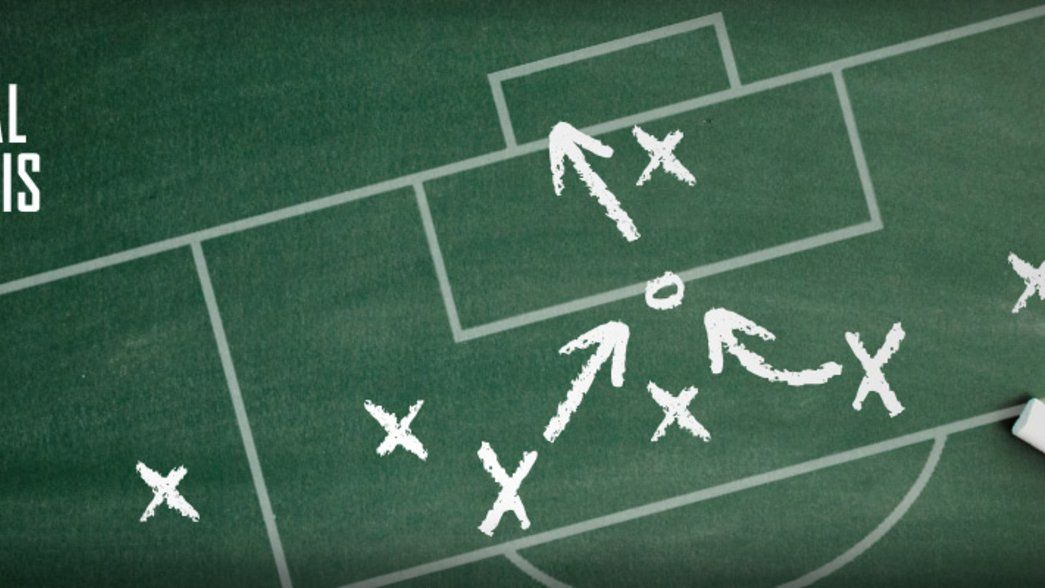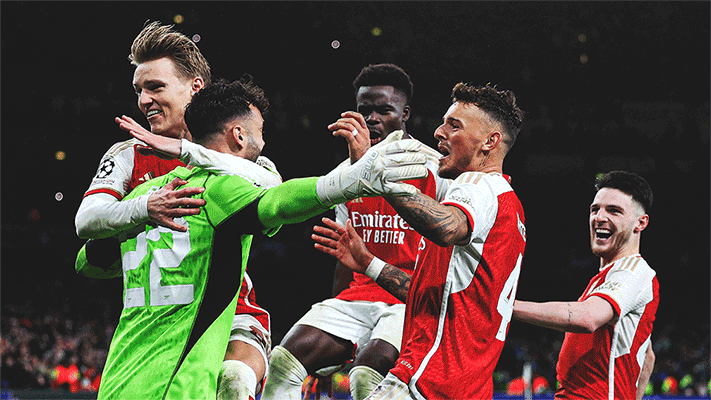“A game of two halves” is among football’s most common cliches - but Arsenal enjoyed a season of two halves in 2014/15.
Not only was the second half of the Premier League campaign a significant improvement in terms of points - the Gunners collected 33 from the first half of the league campaign, and 42 in the second - but Arsene Wenger essentially used two entirely different sides.
Various factors meant the side that picked itself in recent months had little relation to the regular team back in the autumn. There were, broadly speaking, four separate reasons for the evolution of the starting XI.

Mesut Ozil
Key players returning from injury
The first half of Arsenal’s campaign was disrupted by injuries to key players. For example, centre-back Laurent Koscielny suffered three separate injuries in the first half of the campaign, and completed only nine games, with Nacho Monreal, Calum Chambers and Mathieu Debuchy all deputising. In 2015, however, Koscielny’s problems cleared and he played the majority of every league game until the final day.
Mesut Ozil’s knee injury, meanwhile, meant he went four months without starting a league game, but he returned in February to play a crucial role in the run-in. Olivier Giroud had a similar experience: the injury he sustained in the second match against Everton meant he only started four matches in the first half of the campaign, but he became a regular and scored in six straight matches during a brilliant spell at the start of spring.

David Ospina has become Arsenal's man man in the Premier League
Good form
David Ospina didn’t start a league match until mid-January against Stoke, having previously only appeared in the cup competitions. But Wenger gave the Colombian a run in the team and he impressed with some fine performances. He would go on to play every minute of Premier League action until the end of the season.
Nacho Monreal, meanwhile, started six matches at left-back in the first half of the season, then 16 from New Year’s Day onwards. The Spaniard had been forced to deputise in the centre in the opening months, with Kieran Gibbs playing in his preferred position on the left. But when Monreal was handed opportunities at full-back, he played so well that Wenger was reluctant to drop him.

Francis Coquelin
Sudden breakthrough
Francis Coquelin’s sudden emergence has been highlighted numerous times, but his journey from Championship loanee to Arsenal regular was truly remarkable. Coquelin’s first start was on December 28 against West Ham, and from then he started every league match for the rest of the season, with the exception of the 0-0 draw at home to Sunderland in the penultimate game. Mikel Arteta and Mathieu Flamini, Arsenal’s two obvious choices in that position at the start of the season, must fight to regain their place.
Hector Bellerin’s sudden form was equally unthinkable. Having been behind Mathieu Debuchy and Calum Chambers in the pecking order back in the autumn, the young Spaniard showed incredible maturity when given playing time, and eventually made the right-back slot his own.

Santi Cazorla
Positional changes
Two players were regulars in both’ halves of the season, but their role changed significantly. Santi Cazorla initially played as a No 10, or on the left, then shifted into a deeper role in a 4-3-3, then retreated even further in a 4-2-3-1. His versatility compensated for the absences of Jack Wilshere and Mikel Arteta, while Ozil returned at the perfect time to play Cazorla’s old roles.
In turn, Aaron Ramsey played in his less favoured right-sided midfield role, having initially filled a central midfield slot. Alex Oxlade-Chamberlain (at the start) and Theo Walcott (towards the end) also featured on the right.
Meanwhile, the two new attacking arrivals, Alexis Sanchez and Danny Welbeck, both played a variety of roles. Sanchez played up front, left, right and as a No 10 before eventually settling on the left flank, while Welbeck initially enjoyed a run up front before being used more regularly on the flanks.

Per Mertesacker
The exception
Among plenty of chopping and changing in each position - some of it enforced, some of it intentional - there was only one player who remained a regular, in the same role, for the entire campaign.
Per Mertesacker missed the opening game having returned late having won the World Cup with Germany, and was rested twice in March - but an injury-free campaign meant he started 35 of 38 matches, and provided some rare permanence amongst plenty of rotation elsewhere.
Copyright 2024 The Arsenal Football Club Limited. Permission to use quotations from this article is granted subject to appropriate credit being given to www.arsenal.com as the source.










